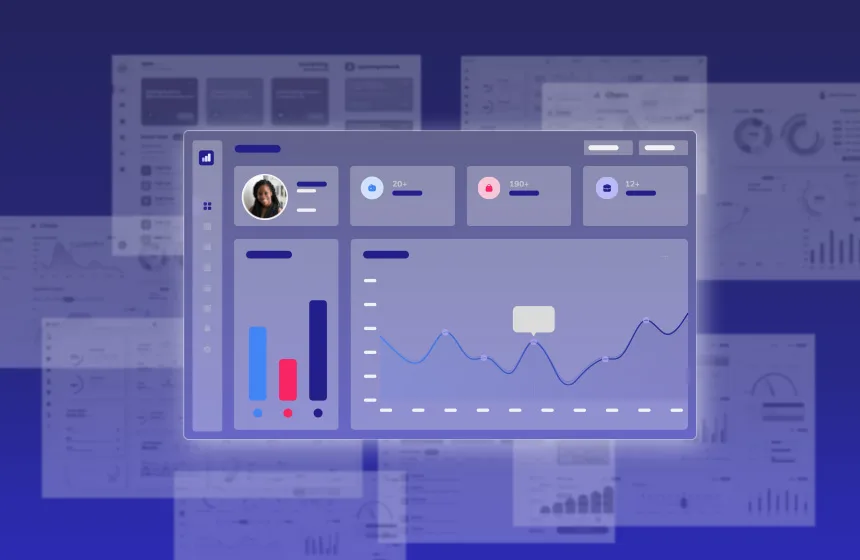Accelerate deals and increase win rates with the leading enterprise AI demo platform.
Sharing a Product Login for your Live Demos? Here are 3 Risks to Consider

April 22, 2025
Table of Contents
Picture this: You’ve set your demo environment just like you want it, with the right data loaded and ready to go. You’re mid-way through your demo and it’s going great.
Then, another rep starts a different meeting and re-sets the demo environment in the middle of your presentation.
Several SEs on our recent “Demo Fails” panel shared stories like this — and it can happen to anyone who’s sharing a login for a single production environment.
We’re big fans of knowing all of the risks to any live demo approach before moving forward. That way, you can make more informed decisions about how to deliver a more stable and reliable demo in the future. Let’s take a look at the top three risks of sharing a live demo environment login for all your demos and how to overcome them.
1. Demo access and permissions issues
If you share a demo environment login, there’s a big chance you’re going to run into issues with demo access and permissions. There are a lot of horror stories around this that range from reps resetting or changing the demo environment, unexpected password resets, or other login failures that lock a rep out of their demo environment.
Bottom line? You don’t need multiple reps tripping over one another in the demo environment — it’s a bad look for your brand and a good way to tank one of your best chances to convince your prospects that your product is for them.
Even worse, a lack of access control is a security and data privacy issue. If you’re unable to control demo access and permissions, you never know what information may be exposed. That’s a major security concern, especially if you’re in a highly regulated industry or your application deals with sensitive customer data or personally identifiable information.
💡 Try this instead: A self-contained demo environment with role-based access control (RBAC) is critical to avoiding these types of demo failures. Presales teams should have fine-grained control into what actions users can take, and with which specific demos. That way, the demo environment works as intended and is customized to the right prospect without risk.
2. Showing wrong data to the wrong prospect at the wrong time
Showing irrelevant data or empty dashboards is a surefire way to leave your prospects unimpressed. If you’re in financial services, seeing healthcare in a product demo would make you want to tune out or think a product isn’t for you. If you’re sharing a single login, it can be hard to configure datasets for each new prospect, or ensure that the data you need remains in the demo when you need it most. Demo datasets can be time-consuming for presales and engineering teams to create manually, and chances are you’ll need a lot of them if you’re catering to different personas or industries.
💡 Try this instead: Look for data injection capabilities in your demo environment. This allows you to inject relevant datasets into a live production environment or self-contained demo environment. If you are using a live app, make sure that there are enough instances so risk #1 (demo access and permissions) doesn’t happen to you.
It’s an even bigger bonus if your demo environment lets you use generative AI to create synthetic datasets. It’s a great way to generate realistic demo data without using engineering or presales resources (for different industries, personas, or even languages). You can edit this synthetic data to make it work for you, and inject it into your demo environment of choice.
3. Too much demo environment maintenance for presales
Cleaning and maintaining a demo environment is a major time investment for presales teams. According to the 2025 Presales Landscape Report, 79% of SEs spend more than an hour a week cleaning and maintaining their demo environment, while 16% spend between 3-10 hours. It shouldn’t take that long for demo maintenance, especially when presales could be spending that time interfacing with prospects and winning deals.
💡 Try this instead: Use a demo environment that can reset at the click of a button. If you use a demo creation platform, presales can create a library of demo templates that reps can use and reset to their original state when they’re all done with their live demo. That way, the environment is ready for the next rep to inject relevant data and customize content like logos, images, text and more.
There are many other ways to demo than sharing a single login to a product instance or live production environment. In fact, as you scale, it’s critical that you find ways to demo that support your team’s growth and reduce risks. Demo failures happen to the best of us. But, if you can cut out some of the risk with your demo technology, you’ll be able to close deals much faster and with less administrative overhead from presales.
Want help navigating your demo technology options?
Check out our 2025 Buyer’s Guide






